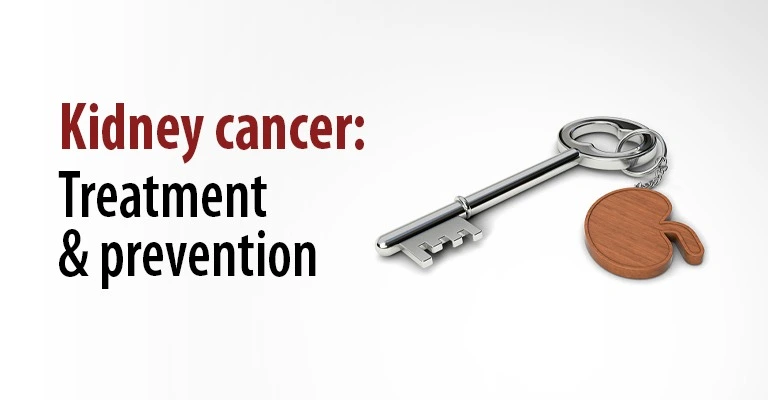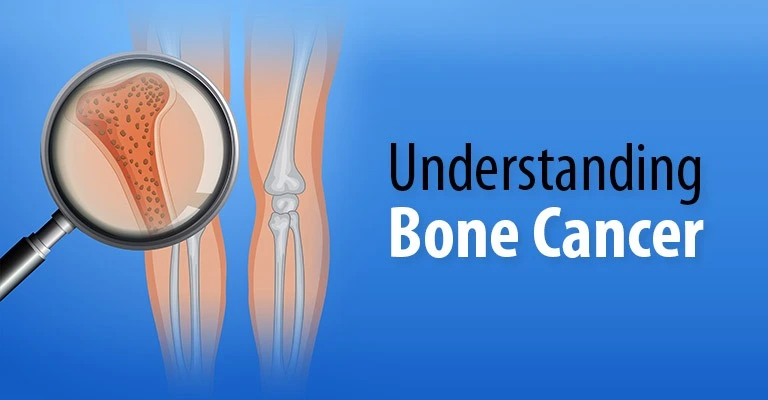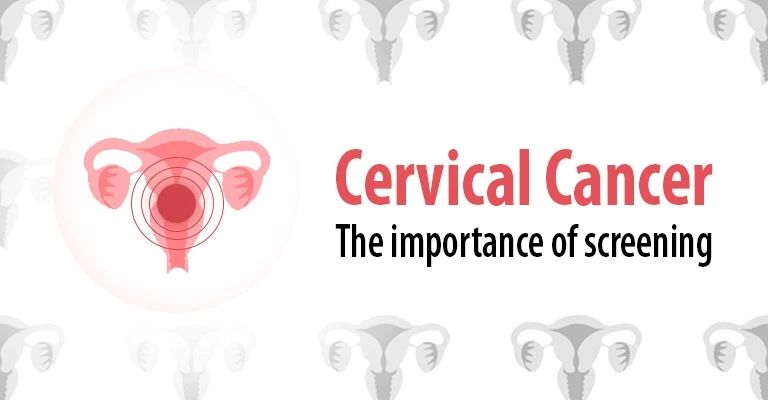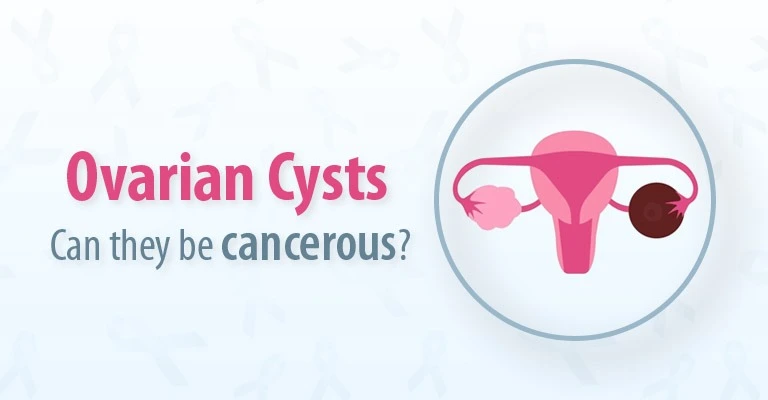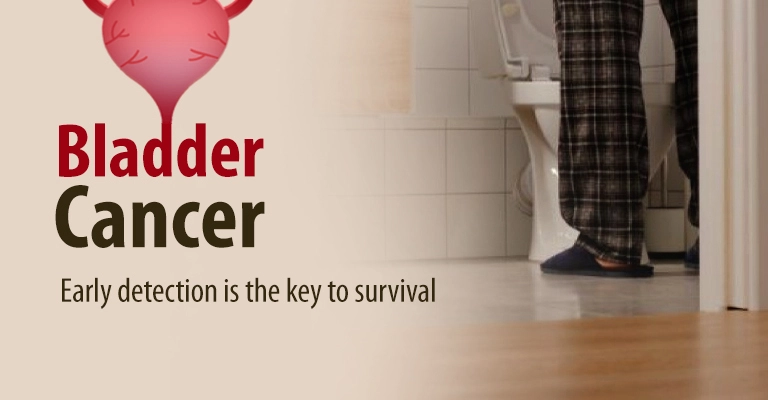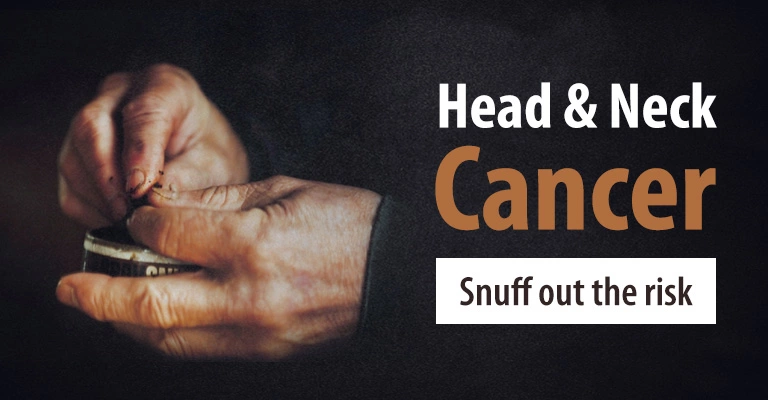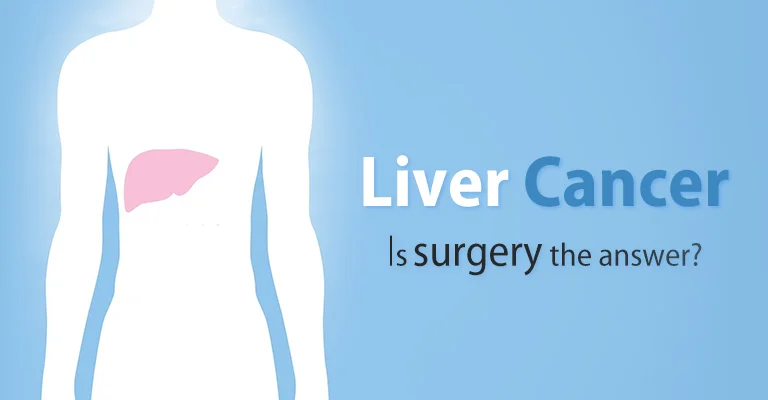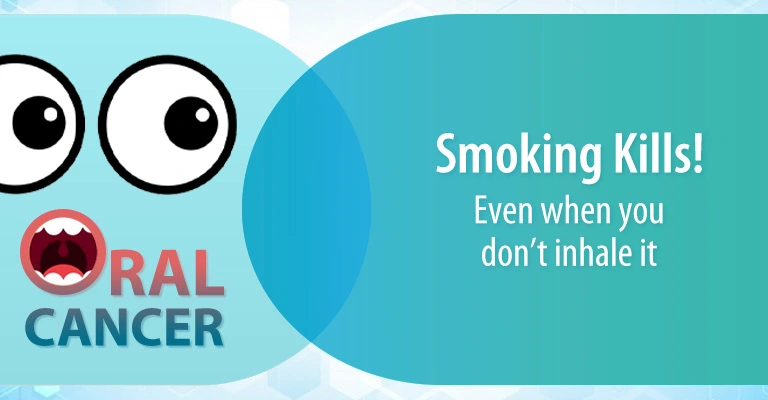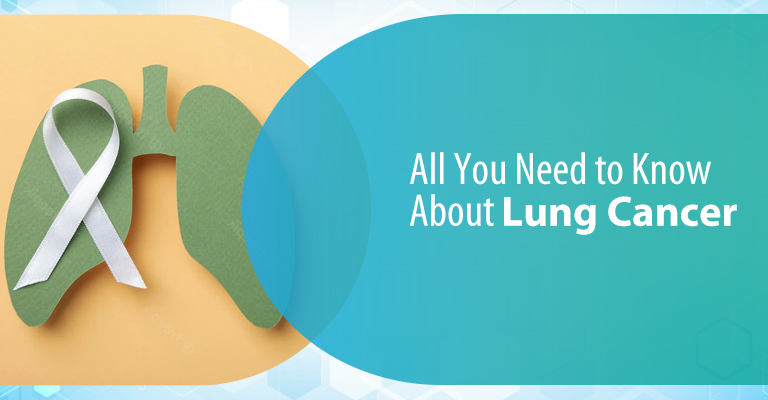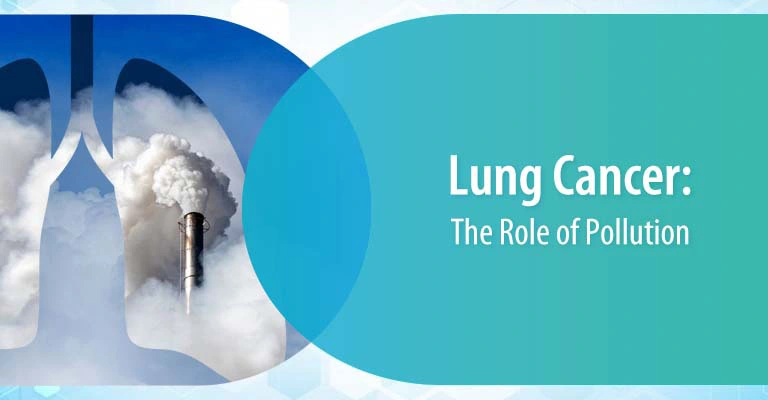
When we think of lung cancer, the first trigger thought puts smoking as the greatest risk factor. However, air pollution is an equally potent cause of lung cancer. WHO (World Health Organization) has labelled air pollution in its entirety as a human carcinogen, just like tobacco smoke, asbestos and arsenic.
According to studies on the subject, exposure to air pollution increases the risk of lung and bladder cancers. This risk factor could even resemble breathing in secondhand tobacco smoke, based on the level of exposure.
So now we know the link for sure
This only corroborates research spanning over four decades suggesting quite vehemently that ambient air pollution, primarily through incomplete combustion of fossil fuels, could be responsible for spikes in lung cancer cases worldwide.
Put simply, it means that the outdoor air we breathe contains particle pollution emanating from sources like vehicle exhaust, coal-fired power stations and other polluting industrial units, and can cause lung cancer, besides multiplying the risk of asthma and heart disease. Of the nearly 10 million deaths worldwide caused by cancer in 2020, lung cancer accounted for nearly 2.21 million fatalities, second only to breast cancer (2.26 million cases).
Scientists say there’s a proportionate rise in the risk of death — by 8% for lung cancer — for every single unit of increase in exposure to fine particulate air pollution, an alarming piece of statistic, by any yardstick.
What is particle pollution?
It is a combination of miniscule solid and liquid particles in the air coming from acids, organic chemicals, metals, soil or dust particles. These particles can be released directly from wood stoves, forest fires, motor vehicles or coal-fired power plants. These fine particles are extremely tiny, measuring no larger than 2.5 µm (a µm is one millionth of a metre) in diameter, a fraction of the diameter of a human hair.
These tiny particles are the source of greater concern than the larger ones, since they can penetrate deep down into the lungs. The larger particles tend to irritate our eyes, nose and throat, but our in-built defence mechanisms like coughing or sneezing, help us get rid of them. These defences are sadly helpless against the wee particles, which get trapped deep inside the lungs, sometimes even entering the bloodstream, leading to further damage.
This means while some groups like children, the elderly, people with lung and heart disease or diabetes, people working or exercising outdoors are particularly vulnerable, anyone living where particle pollution levels are high, is at risk.
What can we do to protect ourselves from particle pollution?
- It’s important to keep an eye on the daily air quality index forecast so that you can titrate your outdoor activities according to the pollution levels.
- As responsible citizens, we can chip in by refraining from burning wood or trash and switching our car engines off when possible, more so if it’s a diesel one.
- We can quit smoking, watch our weight and do whatever else we can to produce less air pollution.
- Whenever possible, we can opt for walking or cycling that reduces vehicular air pollution as well as keeping us active and healthy. Every baby step counts.
Medica Cancer Hospital provides comprehensive diagnosis and treatment facilities for monitoring and managing lung cancer patients, under the supervision of experienced specialists in medicine, surgery and radiation therapy. We hold regular awareness sessions on prevention and management of the disease.



